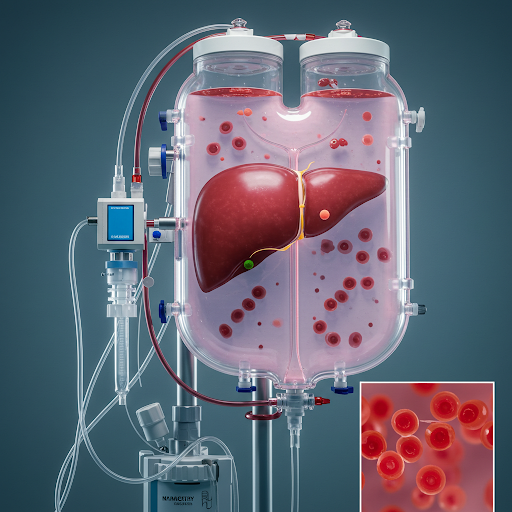In recent decades, medical technology has evolved from simple diagnostic tools to complex systems that now drive nearly every aspect of healthcare delivery. From life-saving devices in the operating room to cloud-based health monitoring software, the fusion of engineering, data science, and clinical practice is transforming how we prevent, diagnose, treat, and manage diseases.
At MedTech Options, we’re here to spotlight the innovations, gaps, and possibilities that are shaping the future of health.
What Is Medical Technology?
Medical technology (MedTech) refers to the wide array of devices, equipment, and software developed to improve health outcomes. This includes everything from imaging machines and surgical robots to wearable sensors and artificial intelligence tools that support diagnosis and treatment planning.
It can be broadly classified into:
- Medical Devices: Instruments or machines used in diagnosis, monitoring, or treatment. Examples include pacemakers, dialysis machines, infusion pumps, and prosthetics.
- Medical Equipment: Larger or more permanent tools often used in clinical settings, such as MRI scanners, ventilators, surgical lights, and sterilization units.
- Medical Software: Digital platforms and algorithms designed for clinical decision support, patient records, telehealth, diagnostics, and more. This category also includes mobile health apps, AI-based diagnostic tools, and hospital management systems.
Why Medical Technology Matters
The integration of medical technology into healthcare systems has significantly improved:
- Accuracy: Devices like digital pathology scanners and AI-powered imaging can detect abnormalities with a precision often beyond human capabilities.
- Efficiency: Robotic surgery and smart infusion systems reduce human error and improve surgical outcomes.
- Accessibility: Telemedicine platforms and portable diagnostic kits bring healthcare to underserved regions.
- Patient Engagement: Wearables and mobile apps allow individuals to monitor their health in real-time and participate actively in their treatment plans.
Challenges and Gaps in MedTech
Despite the advancements, several challenges remain:
- Cost and Affordability: Cutting-edge devices are often expensive and inaccessible to many health systems worldwide.
- Regulatory Hurdles: Ensuring safety and efficacy without stifling innovation remains a delicate balance.
- Integration: New technologies often don’t “talk” to existing systems, leading to inefficiencies in data use and clinical workflows.
- Training and Adoption: Clinicians need ongoing training to effectively use new tools, and resistance to change can hinder adoption.
Looking Ahead: The Future of MedTech
Emerging trends such as AI in diagnostics, 3D-printed implants, remote robotic surgery, personalized medicine platforms, and biomedical wearables are only the beginning. The future points toward even more interconnected, data-driven, and patient-centric systems, promising better outcomes and a more proactive approach to health.
At MedTech Options, we’ll continue to unpack these topics in detail—offering insights into current trends, unmet clinical needs, policy shifts, and future innovations. Whether you’re a healthcare provider, researcher, engineer, or entrepreneur, our goal is to provide the information you need to stay ahead in this rapidly evolving space.
Stay tuned for our upcoming features on bioartificial organs, AI-driven diagnostics, and medtech startup case studies.
